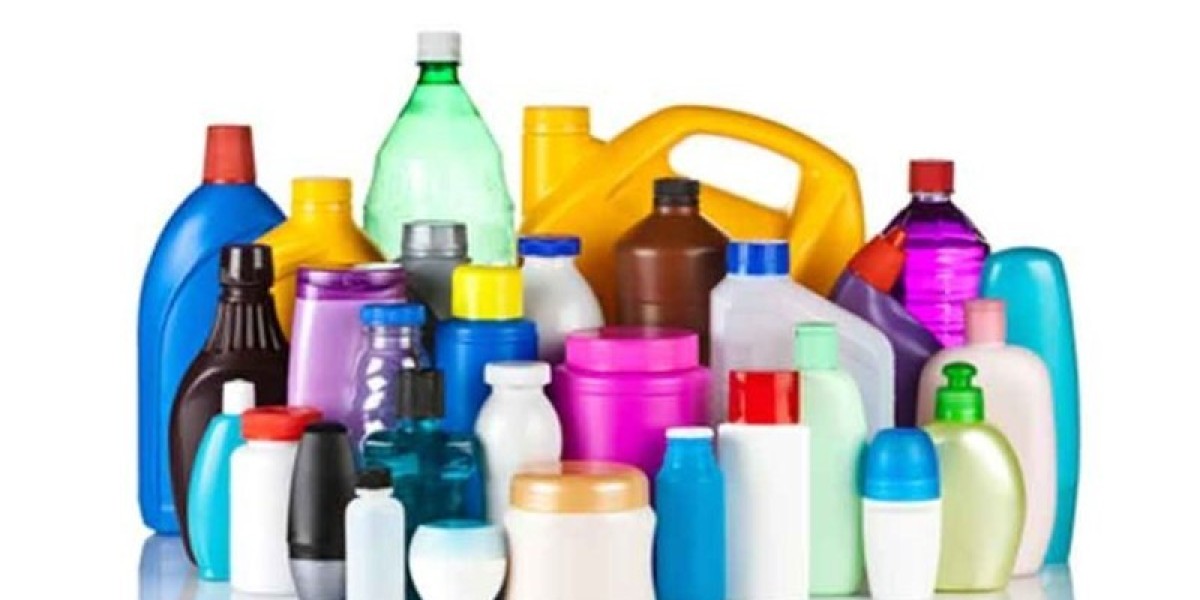Introduction
Rigid packaging refers to packaging materials that maintain their shape without support. This allows rigid materials to protect products from damage and leakage during transportation and storage. Common hard packaging materials include glass, metal, plastic, wood, paperboard, and ceramic.
Types of Rigid Packaging
There are a few main types of hard packaging used across various industries:
Glass Containers
Glass is a highly durable material able to withstand impacts and pressure changes. Glass containers, such as bottles and jars, are commonly used for foods, beverages, pharmaceuticals, and personal care products. Glass offers excellent barrier protection against gases, moisture, odor, and light. However, glass is heavier and more prone to breakage compared to other materials.
Metal Containers
Metal packaging includes cans, drums, pails, and tubes. Steel and aluminum are the primary metals used. Metal provides excellent moisture and gas barriers. Most food cans and paint cans are made from coated steel which protects against corrosion. Metal is 100% recyclable and offers good puncture and impact resistance. However, metal containers are heavier than plastic or paperboard options.
Plastic Containers
Plastics like PET, HDPE, and PP are popular hard packaging materials due to their lightweight and shatter resistance. Plastic containers include bottles, jars, clamshells, cups, and tubs. Different plastic resins offer varying levels of gas and moisture barriers. Plastic packaging is cost-effective to produce and easy to customize with colors, graphics, and shapes. However, certain plastics are not as recyclable as metal or paperboard.
Paperboard Cartons
Paperboard is a thick, rigid paper made from wood fibers or recycled paper. Folding carton and set-up boxes protect and transport a variety of packaged goods. Corrugated fiberboard boxes are highly durable and provide cushioning. Paperboard offers good printability but has lower moisture and gas barriers than plastic or metal. However, paperboard is renewable and generally recyclable.
Function and Advantages of Rigid Packaging
Product Protection
Rigid containers provide superior protection compared to flexible packaging. The rigid structure protects products from external forces like pressure, shock, vibration, and crushing during handling, shipping and storage. This minimizes the risk of product damage, leakage or spillage.
Long Shelf Life
Barrier properties allow hard packaging to block gases, moisture, light, and bacteria better than non-rigid options. This preserves product freshness and quality while extending shelf life depending on the packaging material used.
Standard Sizes and Shapes
Rigid formats come in consistent, repeatable sizes and shapes that facilitate high-speed filling and closure on automated packaging lines. Consistency also makes rigid packages easier to stack, store, and display versus irregular flexible packages.
Tamper Evidence
Features like specialized closures, seals and molded hinges provide clear evidence if a package has been opened, giving consumers peace of mind. This deters tampering and damage during distribution.
Reusability and Recyclability
While reuse is application dependent, empty rigid containers can often be recycled much more readily than flexible films through standard municipal recycling programs depending on the material. Materials like paperboard, metal and rigid plastics are widely recyclable.
Branding and Graphics
Rigid surfaces allow for high-quality printing and graphical branding that provides premium product appeal, messaging and compliance information to consumers. Flexible films offer limited graphic capability in comparison.
Applications of Rigid Packaging
Food and Beverage Packaging
Rigid containers are hugely important for food and drink packaging. Glass, aluminum, steel, PET, HDPE and paperboard formats package staples like milk, soda, juices, sauces, condiments, cereals and more. Barrier properties preserve freshness.
Personal Care and Pharmaceuticals
Bottles, jars, tubes and other rigid formats are ideal for creams, lotions, pills, capsules and other pharmaceuticals requiring tight moisture and gas seals. Compliance labeling is also clearer on rigid.
Industrial and Specialty Chemicals
Metal drums, rigid intermediate bulk containers (IBCs) and carboys protect delicate or dangerous chemicals during shipping and storage. Barrier properties are vital for product stability and shelf life.
Household Products
Cleaners, detergents and other household goods rely on sturdy rigid bottles, sprayers, jugs and pails for protection during shipping, rough handling and prolonged shelf/storage times.
In Summary
Hard packaging formats provide essential protection, functionality and shelf life assurance compared to flexible solutions. Strength, barriers, consistency and versatility make rigid options ideal for many applications across food and beverage, pharmaceutical, personal care, chemical and household industries worldwide. Proper hard packaging selection ensures safe and compliant product delivery throughout the supply chain.
jack smith
152 Blog posts



